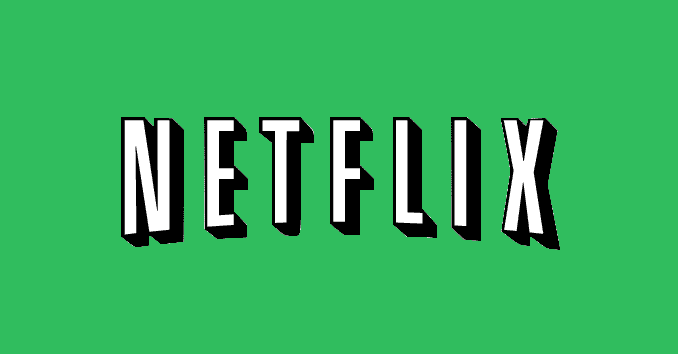The streaming giant, Netflix, bought 1.5 million carbon credits in 2021.
The technology company said that such an amount of carbon offsets had cut down its scope 1 and 2 emissions by 10%. The carbon credits were from 17 carbon projects the firm chose from more than 150 million tonnes.
Projects Comprising Netflix Retired Carbon Credits
Most of the projects are under Verra, a global carbon crediting organization.
One of them is the Vida Manglar Blue Carbon. The project is for protecting the mangroves and biodiversity of the Colombian Caribbean. It accounts for the full value of mangroves as a nature-based climate solution.
Netflix also retired carbon offsets from various projects verified in the Verra registry. These include the Chyulu Hills REDD+ Project which protects 410,000 hectares of forest in Kenya.
Another one is the Envira Amazonia Project. It is a tropical rainforest conservation project in Brazil. Likewise, the Kasigau Corridor REDD+ Project also protects a wildlife forest in Africa.
Other projects are the Northern Kenya Grasslands Project and the Reforesting Degraded Lands in Chile. Both projects are also under Verra management.
With those carbon projects, Netflix stated it had avoided about 14,000 tonnes of emissions last year. Retiring the credits from the projects enabled the firm to be on track with its carbon goals.
Netflix Net-Zero Carbon Targets
Last March 2021, Netflix revealed its “Net Zero + Nature” plan to hit net-zero GHG emissions by the end of 2022. The company’s approach to net-zero involves three R’s: Reduce, Retain and Remove.
Reduce means reducing Netflix scope 1 and 2 emissions by 45% in 2030, per the SBTi Guidance. This requires switching to using renewables and sustainable aviation fuel during film productions.
Retain involves keeping existing carbon storage by preventing more CO2 from reaching the air. Under this strategy, Netflix focuses on carbon credits that conserve at-risk natural areas. These include tropical forests and other critical ecosystems.
Lastly, Remove refers to investments in projects that capture and store carbon through natural solutions like grasslands and mangroves. The Vida Manglar Blue Carbon, in particular, is an example.
What makes Netflix’s carbon offset projects of high quality is its diligent evaluation process. It includes a five-step screening of RFP-based procurement, resulting in identifying the highest-quality nature-based projects
According to reports, Netflix managed to retire a total of 1.3 million carbon credits from the start of 2021.
Unfortunately, all full-scope emissions increased by 50% from 1.05 million tonnes in 2020 to 1.54 million tonnes in 2021. This was due to the increase in TV and film productions after the pandemic.


